A Comprehensive Guide: How to Read an Altimeter
Sep 18, 2024
Altimeter reading is a must have skill for outdoor enthusiasts, aviation pilots and anyone who navigates different elevations. This guide will teach you how to read an altimeter reading accurately, different types of altimeters and troubleshoot common problems. Whether you’re climbing a mountain or flying high in the sky, mastering this tool will increase your safety and confidence in any adventure.
Understanding Altimeters
An altimeter is essential for measuring altitude, based on the fact that air pressure decreases with height. This is key to safe and accurate navigation, as knowing how to read an altimeter can prevent mishaps during a flight or expedition. But how do variations in temperature affect the altimeter? You need to know this to get accurate readings and stay safe.
There are different types of altimeters, pressure altimeters, radar altimeters and GPS altimeters. They all show the altitude but use different technology to get to the same answer.
Each type of altimeter has its advantages depending on the flying conditions and technology available. Knowing these differences allows you to choose the right tool for you.
You need to understand how altimeters work for pilots, especially in IMC. That’s safety and confidence.
Reading the Altimeter
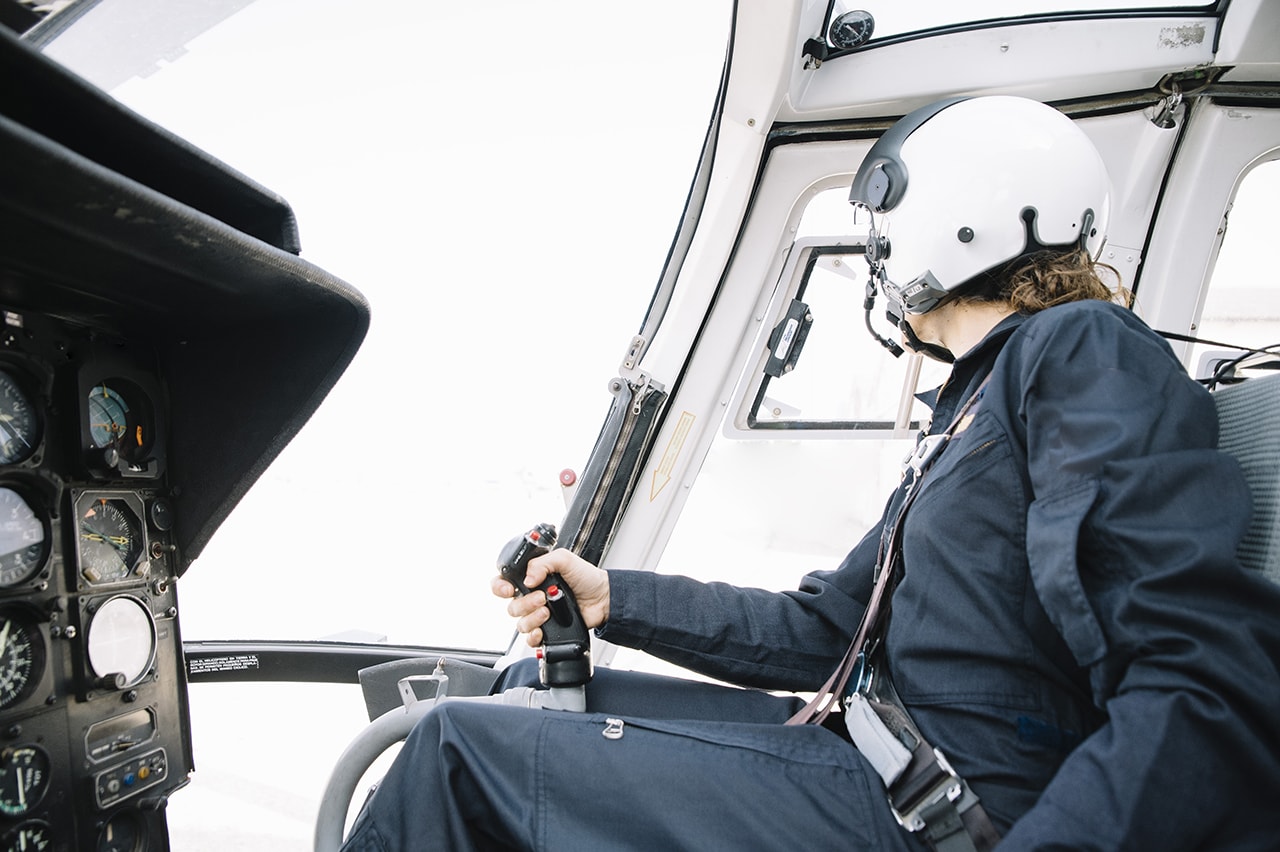
The altimeter has 3 hands to help you read altitude. The shortest for 10,000-foot increments, the middle one for 1,000-foot increments, and the longest for 100-foot increments.
Each hand helps you see the total picture of the aircraft's altitude, allowing you to quickly check your altitude in flight and react to changing conditions.
Reading the altimeter is critical for pilots as it affects navigation and safety. Knowing how to read it ensures you stay above sea level.
And you need to compensate for temperature variations as the altimeter is calibrated for standard air. By doing so you can fly safely and confidently anywhere.
How Altimeters Work
A pressure altimeter measures air pressure to tell you the altitude of the aircraft. This is vital for pilots to know.
The main job of the altimeter is to use air pressure to calculate altitude. Understanding how to read an altimeter ensures pilots make informed decisions during flight.
Air pressure is measured in inches of mercury (inHg) and the altimeter has a stack of aneroid wafers stacked inside a housing. This is how it measures so accurately for altitude so you can fly successfully.
The internal pressure of the altimeter housing must be set to match local conditions for accuracy.
Calibration of a pressure altimeter is critical as it must be set to local pressure conditions for accuracy.
Pilots set their altimeters before takeoff based on information from air traffic control so their altitudes match the other aircraft around them.
This careful calibration prevents bad situations like incorrect altitudes during approaches or landings. And pressure altimeters also compensate for temperature changes which affect air pressure readings.
By including these temperature changes pilots can navigate through all kinds of weather and stay safe at altitude. This adaptability of pressure altimeters not only makes flight safer but also makes pilots more confident in complex airspace.
Barometric Pressure and Barometric Pressure Setting
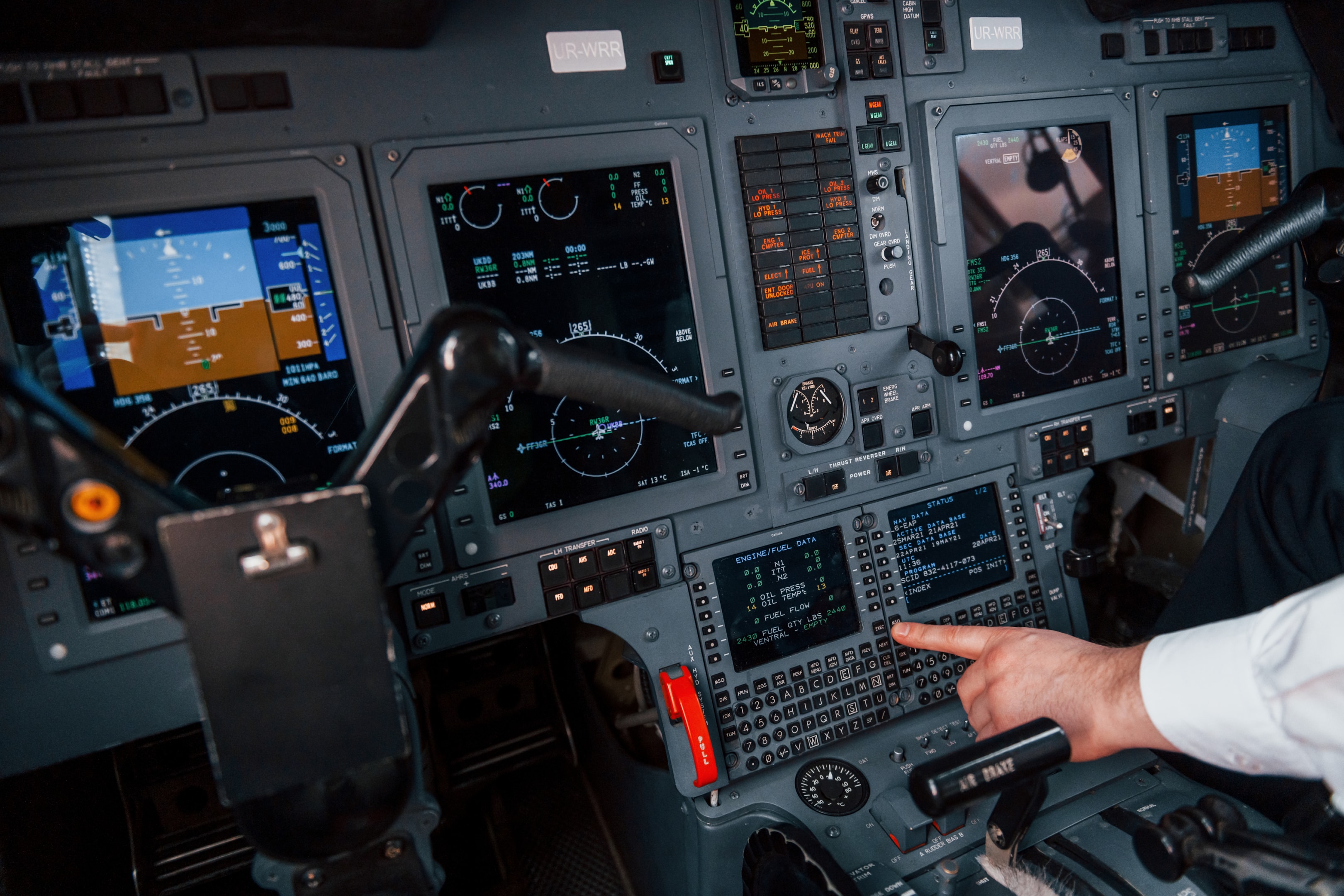
The standard altimeter setting is 29.92 inches of mercury (Hg) baseline. This is a baseline for all pilots to have a common reference point for altitude.
When flying, pilots need to adjust the altimeter to the current local air pressure which is different from the standard setting. This is to ensure the altimeter gives accurate altitude.
Barometric altimeters are adjusted using the Kollsman window to reflect the current local air pressure, ensuring accurate altitude readings.
To do these pilots use the Kollsman window on the altimeter gauge. This allows easy input of the local pressure settings which is critical for safety.
Setting the barometric pressure is key to accurate altitude. Knowing this process allows pilots to fly with confidence and safety in any weather.
Adjusting the altimeter is not only safe but also efficient.
Pilots are trained to account for local conditions, pressure changes can occur due to weather fronts, storms or geographical variations.
By monitoring these changes, they can avoid hazards and optimize their route which means fuel savings and on time arrivals.
And don’t forget to communicate the local pressure settings to ATC.
This way all aircraft in the area are flying on the same altitude references, reducing altitude errors.
This promotes a safer flying environment, a culture of teamwork and responsibility among all pilots and ATC.
Setting the Barometric Pressure
Setting the barometric pressure is a crucial step in ensuring accurate altimeter readings. The barometric pressure setting is used to calibrate the altimeter to the local atmospheric pressure, which is essential for precise altitude measurement.
To set the barometric pressure, pilots need to obtain the current barometric pressure reading from the nearest airport or weather station. This information is typically provided by air traffic control or can be found in weather reports. Once the current barometric pressure is known, it is entered into the altimeter using the Kollsman window dial.
The Kollsman window dial allows pilots to adjust the altimeter to match the local barometric pressure, ensuring accurate altitude readings. It’s essential to set the barometric pressure correctly, as incorrect settings can lead to significant altitude errors, potentially compromising flight safety.
Pilots should always check the barometric pressure setting before flight and adjust it as necessary to ensure accurate altimeter readings. This practice not only enhances safety but also ensures that all aircraft in the vicinity are operating with consistent altitude references, promoting a safer flying environment.
Pressure Altimeter Limitations
A pressure altimeter is a vital tool for pilots but not infallible. Temperature fluctuations can affect its accuracy and give you a false reading.
Pilots need to be aware of the limitations of the altimeter. That’s key to safe flying.
To mitigate risk, use the altimeter with other measurements and environmental clues. That’s the safe and efficient way to fly.
In short an understanding of pressure altimeter and its limitations will help you make good decisions in the cockpit. Get to know it.
Pilots also need to be aware of changing weather conditions as changes in barometric pressure can affect the altimeter too.
For example, during rapid weather changes like approaching a storm an altimeter not adjusted can give you a big discrepancy in altitude perception and compromise safety.
Also advanced technologies like GPS and terrain awareness systems can give you more situational awareness.
By cross referencing altimeter readings with these technologies, you can navigate complex environments safer and more efficiently.
This multifaceted approach not only boosts confidence in the cockpit but also fosters a culture of safety and preparedness among aviators.
Troubleshooting Altimeter Errors
When an altimeter fails, the first thing to do is check the barometric setting to ensure it can measure altitude accurately. Understanding how to read an altimeter involves being proactive about potential errors and utilizing effective troubleshooting methods.
This is the most important check to make sure the altimeter is calibrated.
A wrong barometric setting can give you huge altitude errors and increase the risk of danger.So, you need to do it fast.
Also check the outside static airport, ensuring it is clear of debris can improve altitude accuracy significantly. In emergency situations having the skills to troubleshoot altimeter errors will allow you to make quick and informed decisions.
This proactive knowledge fosters a strong culture of safety and instills confidence, enabling proficient operation in diverse flying conditions.
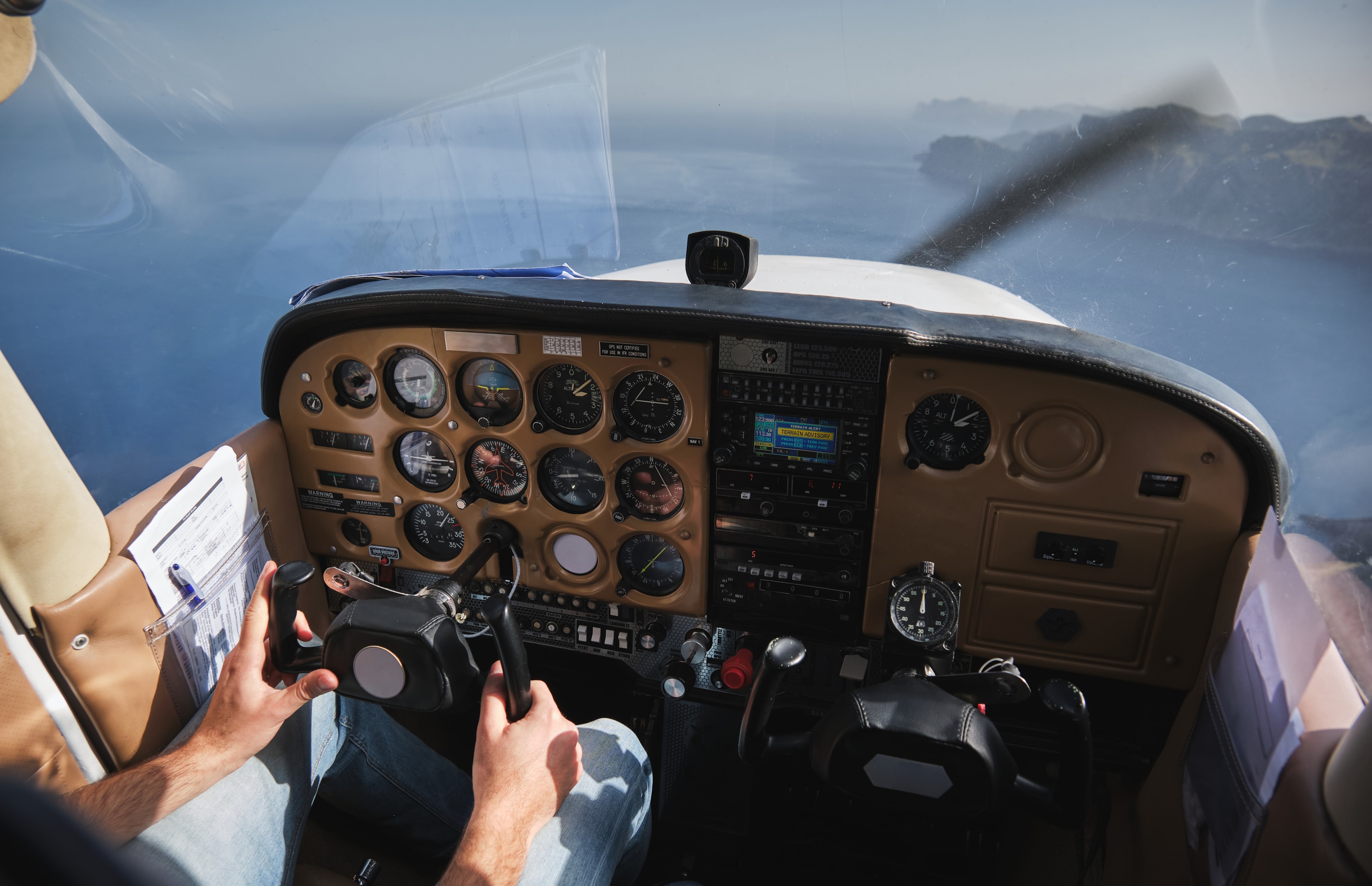
Examples of Troubleshooting Altimeter Errors
-
Check the Pressure Setting: Make sure the altimeter is set to the correct pressure for your area, which can be way off depending on the weather. Current settings can be found by listening to the current, local ATIS broadcast. This simple step can save you from big altitude errors.
-
Visual Inspection: Regularly check the altimeter gauge for any damage or malfunction. A physical check can catch issues that can affect accuracy.
-
Compare with Others: Cross check your altimeter with other pilots in the same airspace. This teamwork ensures consistency and builds trust in navigation.
-
Monitor Flight Data: Keep an eye on altitude discrepancies during flight. If you see unusual changes, it may be an altimeter error, investigate immediately.
-
Practice Emergency Procedures: Regularly review and practice emergency procedures for altitude errors. Familiarity with these procedures can help you make quick decisions in critical situations.
-
Consult Technical Resources: Use charts, manuals or digital resources to better understand altimeter and troubleshooting. Continuous learning helps you to manage your equipment better.
-
Simulator Training: Do simulator training sessions on altitude related scenarios. This hands-on experience will help you to build skills and prepare you for real world challenges and boost your confidence in flying.
Using Alternative Navigation Tools
When your altimeter is broken you need to know there are other options. Using GPS or radar altimeters will give you reliable altitude and safe flying.
You can also get altitude from your electronic flight bag, transponder, and air traffic control. These are valuable tools to keep you situationally aware even when your primary instruments fail.
Knowing how to use other navigation tools makes you a more versatile pilot. This skill is good for normal ops and for when things go sideways.
In the end it all comes down to confidence and safety. By being able to adapt in tough situations you’ll have a good flying experience for yourself and your passengers.
Besides GPS altimeter and radar altimeters pilots should also get familiar with advanced terrain awareness and warning systems (TAWS).
These systems give you critical information about topography and hazards and enhance safety and decision-making during flight.
By combining TAWS with other navigation tools, you’ll not only be more situationally aware but also better at-risk management.
Preparing for Flight
Preparing for flight involves a series of checks to ensure the aircraft is airworthy and ready for departure. One of the critical checks is the altimeter check, which involves verifying that the altimeter is functioning correctly.
Pilots should check the altimeter reading against the known altitude of the airport or a nearby landmark. This step helps confirm that the altimeter is providing accurate altitude measurements. If the altimeter reading is incorrect, pilots should investigate the cause and take corrective action, such as recalibrating the altimeter or checking for any obstructions in the static pressure port.
Understanding how to read an altimeter effectively is essential for ensuring accurate altitude readings.
Additionally, pilots should check the barometric pressure setting and adjust it as necessary to ensure accurate altitude readings. This involves obtaining the current barometric pressure from a reliable source and setting it using the Kollsman window dial.
Pilots should also review the weather forecast and NOTAMs (Notices to Airmen) to ensure they are aware of any potential hazards or restrictions that could affect their flight. By thoroughly preparing for flight, pilots can ensure a safe and successful journey, maintaining situational awareness and readiness for any changes in conditions.
Best Practices for Altimeter Use
Pilots are encouraged to always combine altimeter readings with additional observations to enhance their situational awareness. This holistic approach ensures that they are informed about their flight environment, contributing to safer operations.
Regularly verifying the accuracy of the altimeter and adjusting the barometric pressure setting when needed is a fundamental practice.
This diligence not only minimizes the risk of errors in altitude readings but also supports the overall safety of the flight.
Grasping the best practices associated with altimeter use is critical for both safety and efficiency in aviation.
By embracing these practices, pilots can navigate confidently and respond effectively to various flying conditions, ultimately fostering a safer experience for all onboard.
Incorporating real-time data, such as weather updates and flight path information, further enhances a pilot's situational awareness.
By understanding atmospheric conditions, potential turbulence, and nearby air traffic, pilots can make informed decisions that prioritize the safety and comfort of all passengers.
This proactive approach not only mitigates risks associated with altitude miscalculations but also fosters a culture of safety and accountability within the aviation community, empowering pilots to lead confidently and encourage teamwork in achieving a seamless flight experience.
Altimeter Maintenance and Calibration
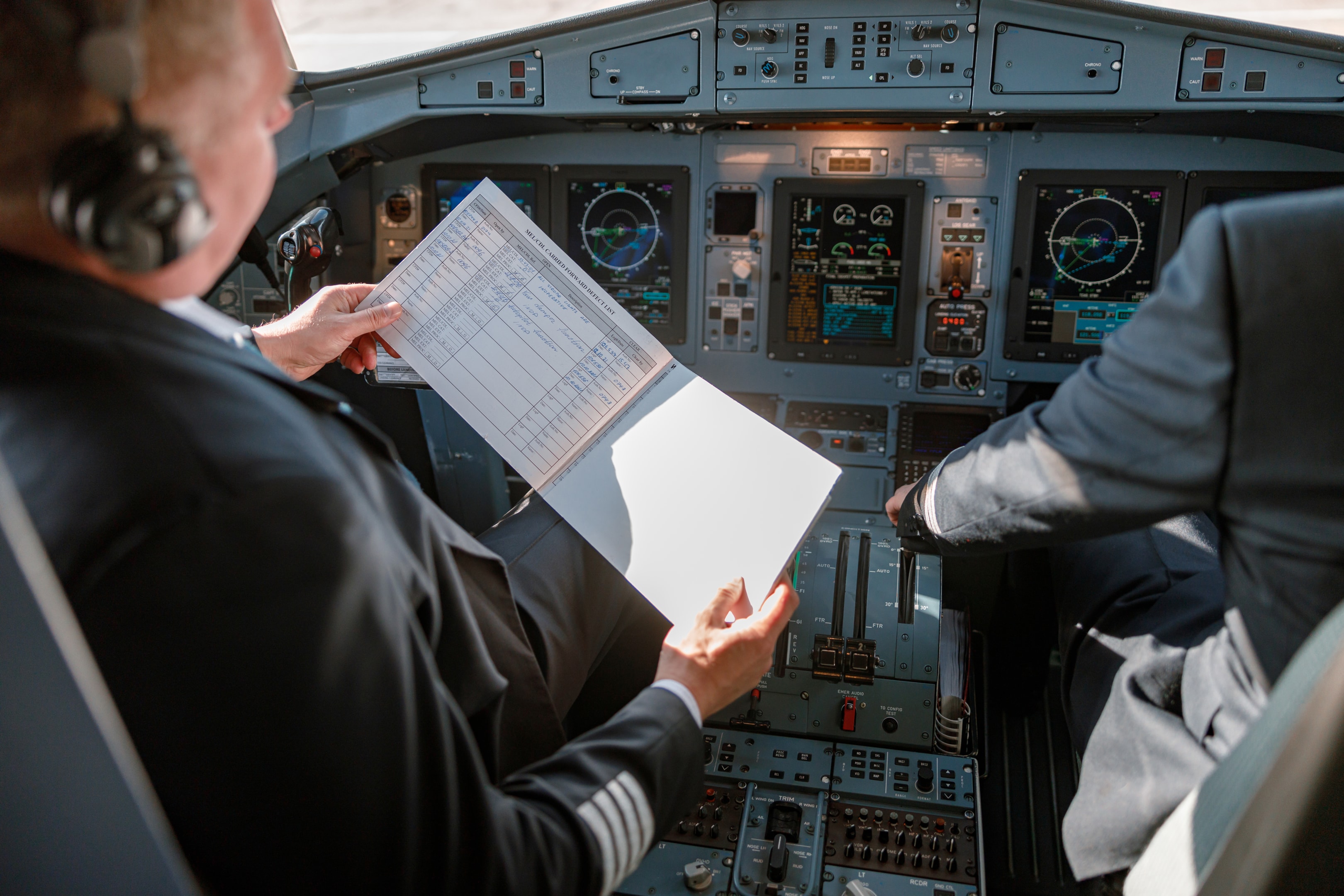
Calibration is key to getting accurate altitudes. Regular checks will prevent errors that can be fatal in flight.
To get the best out of your altimeter you need to follow the manufacturer’s maintenance and calibration procedures. That’s not only functional but also compliant with industry standards.
Every pilot should know altimeter maintenance and understand how to read an altimeter.
As well as following manufacturer guidelines pilots can benefit from attending training sessions on altimeter technology and maintenance.
By staying up to date with current methods and troubleshooting techniques pilots will hone their skills and be more proactive about flight safety.
This continuous learning approach makes pilots more prepared, so they can fix problems before they happen and creates a culture where safety is everyone’s job.
Emergency Procedures for Altimeter Failure
In the event of an altimeter failure the priority is clear: control the aircraft and get ready to land.
This is key to keep flying stable while you assess the situation.
Communication is key in this emergency. Tell ATC about the altimeter failure as soon as possible and provide them with the information they need to support and plan for the landing.
Knowing the procedures for altimeter failures not only builds pilot confidence but also safety for everyone on board. This knowledge allows you to react fast and smart in critical situations.
And try to recalibrate your situational awareness during an altimeter failure by using other instruments like the vertical speed indicator or GPS altitude.
This helps to stay safe and reinforces the importance of instrument cross checking.
Practice these during training and you’ll develop a proactive mindset and be able to draw on your experience and stay calm and create a safer environment for everyone on board.
The Importance of Altimeter Accuracy

Altimeter accuracy is more than just nice to have, it’s essential for safety. Pilots rely on accurate readings to navigate and fly at safe altitudes which affects their decision making.
With an accurate altimeter pilots can avoid obstacles, situational awareness during the flight. This information is critical for safe maneuvering in different airspaces.
By prioritizing altimeter accuracy pilots are not only safe themselves but also safe for everyone on board and in the surrounding airspace. This is a shared responsibility for aviation safety.
Altimeter readings also help with crew and air traffic control collaboration. When pilots trust their altimeter, they can make informed decisions on altitude changes and communicate smoothly with controllers.
This means a more proactive approach to flight planning and less congestion and near miss incidents.
By valuing altitude management pilots are not just safe themselves but safe for the whole aviation community.
Training and Education on Altimeter Use
Continuous training is essential for all pilots, with a strong emphasis on understanding altimeter use. Regular briefings and practice sessions ensure that pilots remain well-informed about the latest procedures and techniques.
Simulations play a vital role in this process, providing realistic scenarios to enhance decision-making skills. These practical experiences allow pilots to refine their abilities, preparing them for a variety of flight conditions.
Investing time in training not only promotes competency but also builds confidence. When pilots feel assured in their skills, they are better equipped to handle unexpected situations.
Ultimately, prioritizing continuous education in altimeter use contributes to the overall safety of flights.
This collective effort underscores a shared commitment to excellence in aviation.
Building a Safety Culture
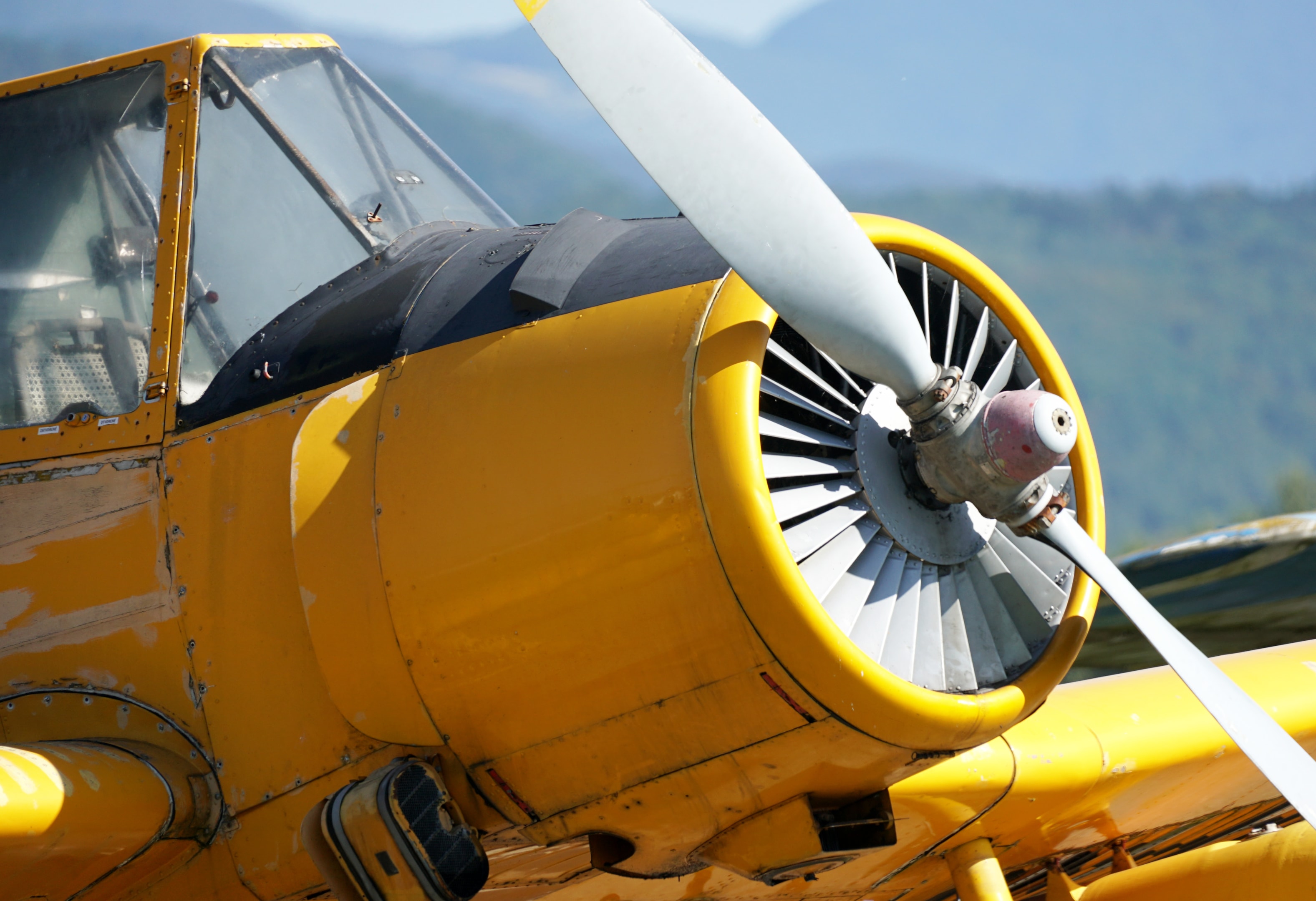
Safety in aviation is key, it’s about pilots and passengers.
At the heart of this is understanding altimeters, what they do and what they don’t do, for altitude awareness. To foster this understanding, knowing how to read an altimeter is essential for every pilot in ensuring accurate altitude assessment.
Open communication between pilots, instructors and aviation orgs is key to sharing best practices and highlighting altimeter maintenance. By creating an environment where questions and info flows freely individuals can learn and improve their skills.
By being proactive with flight safety, we can all work together. Together through shared commitment and awareness we can have safer skies, and every flight can be as smooth and secure as possible.
In addition to open communication regular safety training sessions, such as those outlined by the FAA testing standards can really help to build a safety culture in aviation.
These sessions not only reinforce altimeter knowledge and maintenance but also scenario-based learning for pilots and crew.
This hands-on approach encourages teamwork and individuals to share their experiences, so safety is a shared responsibility for all.
Plus using technology such as data analytics and real time monitoring systems can enhance situational awareness and speed of decision-making during flight.
By using innovative tools that track altitude and performance metrics pilots can respond to challenges and create an environment where safety is the top priority.
This continuous improvement will lead to a future where pilots and passengers can feel safe and secure in their journey.
The Power of Teamwork in Aviation Safety
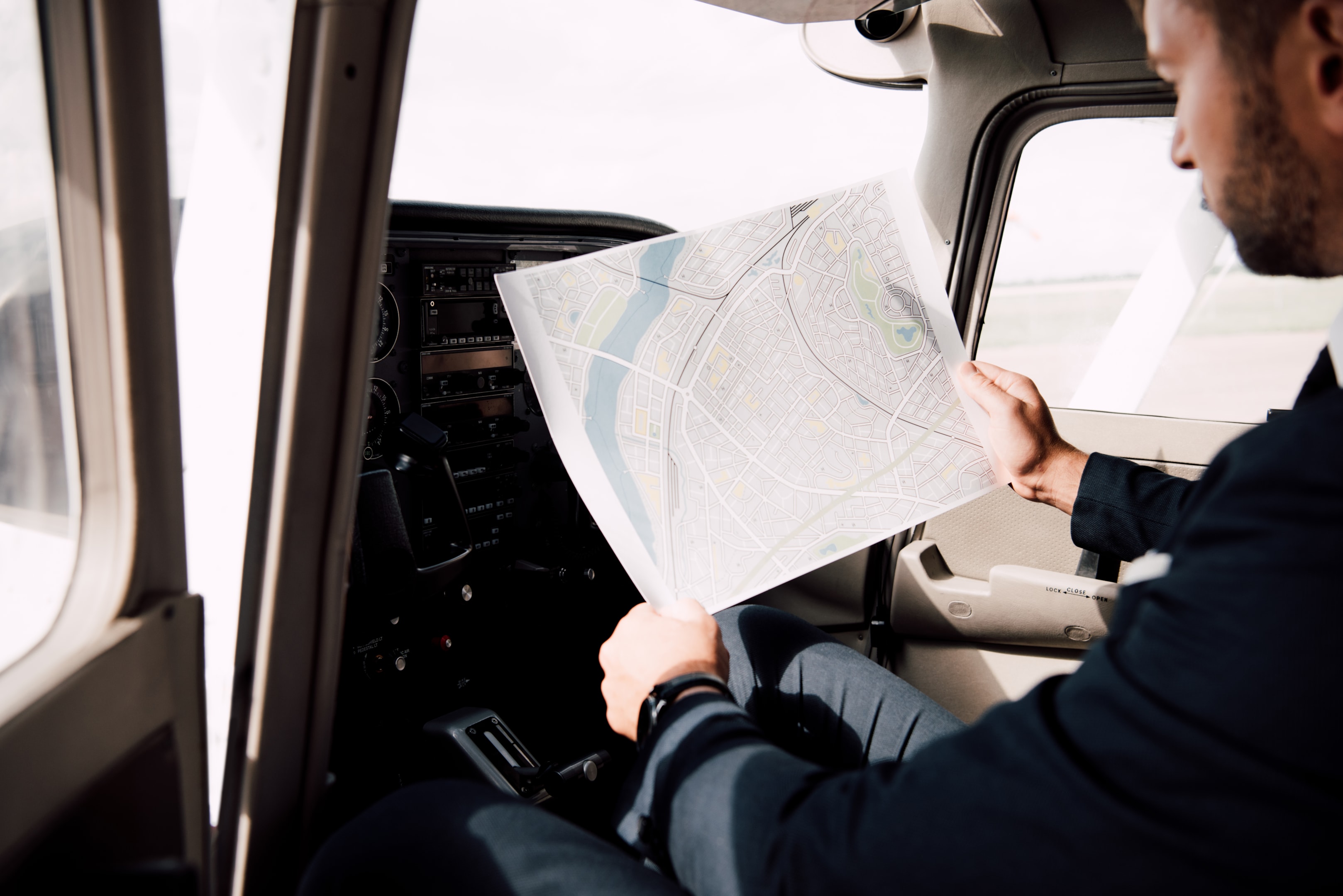
Knowing altimeter reading is not only safe but also makes you make decisions under pressure. When cloud and low vis prevail, accurate altitude management can be the difference between a safe landing and an accident. By understanding the intricacies of altimeter operation, including pressure settings and temperature variations, you can stay more situational aware and reduce risk and overall safety.
And a safety culture within the team is good for the well-being of both pilots and passengers. Training sessions on altitude management and equipment checks encourages shared knowledge and awareness among crew members. This shared approach reinforces each pilots' skills and expertise and passengers know their safety is being looked after through preparation and excellence in aviation.
Key Tip for Altimeter Mastery

To ensure safety and confidence in your flying journey, always remember the importance of consistent and accurate altimeter readings.
Regularly calibrate your altimeter to the current local pressure settings and maintain an open line of communication with air traffic control and your crew.
By staying well-informed and practicing collaborative safety measures, you not only enhance your own skills but also contribute to a culture of safety that protects everyone on board.
Embrace this commitment to excellence; it empowers you to navigate the skies with assurance and leads to successful flights for you and your passengers.
Accurate altimeter readings are crucial for flight safety. Regularly calibrate your altimeter, communicate openly with your crew and air traffic control, and foster a culture of safety to protect everyone on board.
Final Check
The final check is a critical step in the pre-flight preparation process. During the final check, pilots should review all the critical systems, including the altimeter, to ensure they are functioning correctly.
Pilots should verify that the altimeter reading is accurate and that the barometric pressure setting is correct. This involves cross-checking the altimeter reading with the known altitude of the airport or a nearby landmark and ensuring the barometric pressure setting matches the current local atmospheric pressure.
In addition to the altimeter, pilots should check the aircraft’s navigation and communication systems to ensure they are functioning correctly. This includes verifying the operation of the GPS, radar altimeter, and transponder, as well as ensuring that all communication equipment is working properly.
Pilots should also review the flight plan and weather forecast one last time to ensure they are fully prepared for the flight. This final review helps confirm that all necessary information has been considered and that the pilot is ready to handle any potential challenges during the flight.
By conducting a thorough final check, pilots can ensure a safe and successful flight. Remember, a safe flight starts with thorough pre-flight preparation, and the final check is a critical part of that process.
Conclusion
Understanding how to read an altimeter is vital for pilots, particularly in challenging weather conditions known as instrument meteorological conditions (IMC). Being proficient in altimeter reading helps maintain safety and effective altitude management.
Pilots must be aware that pressure altimeters have their limitations. It’s critical to recognize when conditions may affect their accuracy and to utilize alternative navigation tools as needed to ensure safe flight operations.
Regular maintenance and calibration of the altimeter is key to getting accurate altitude. Keeping your equipment in top shape prevents mistakes that can be deadly.
In the end a good understanding of the altimeter and maintenance will create a culture of safety in aviation. With knowledge and preparation you can fly safer and protect yourself and your passengers.
